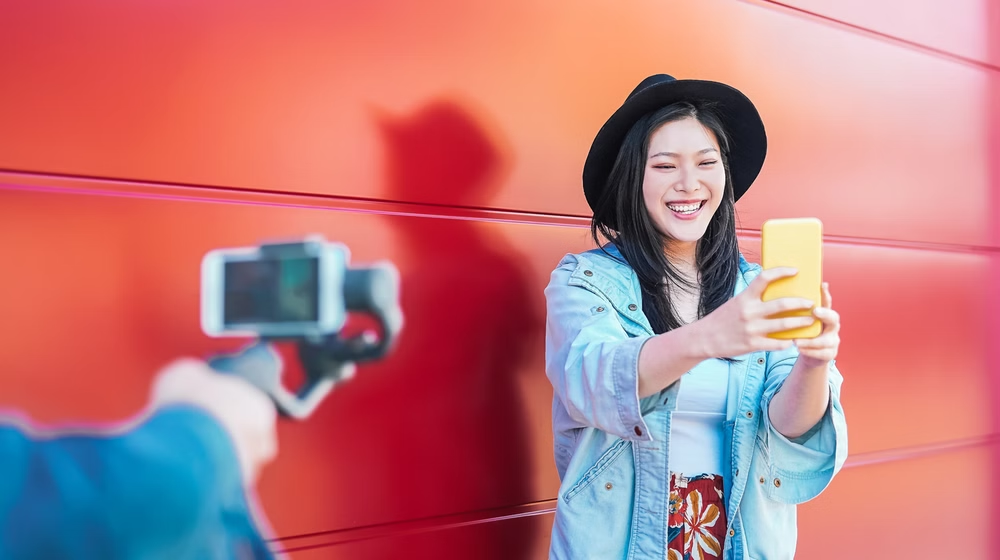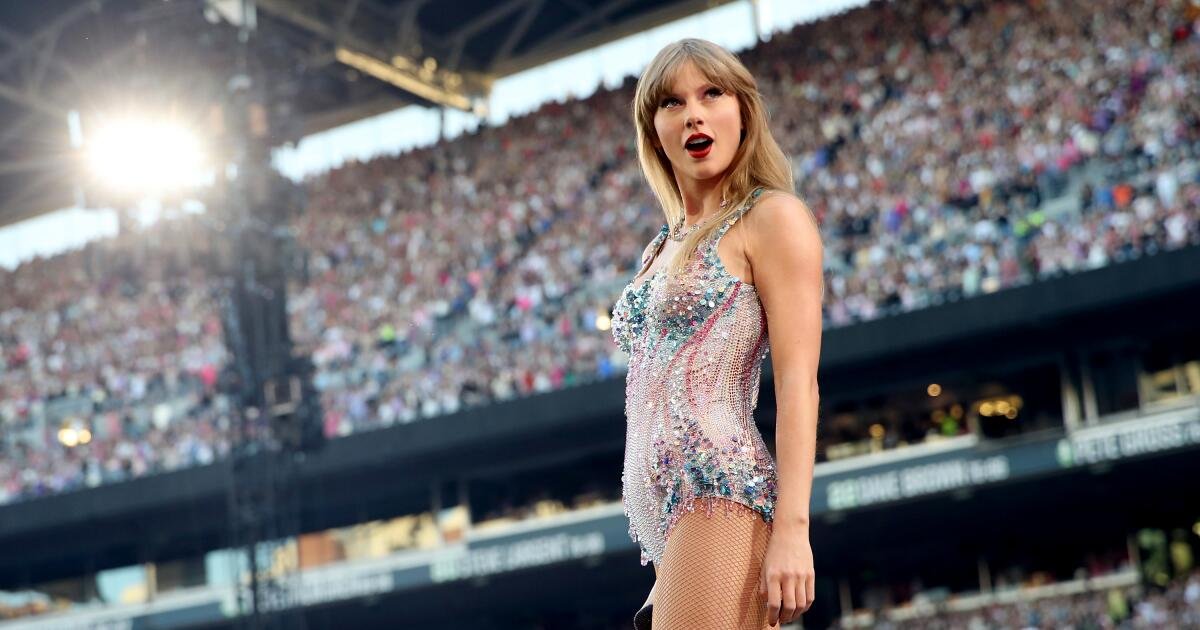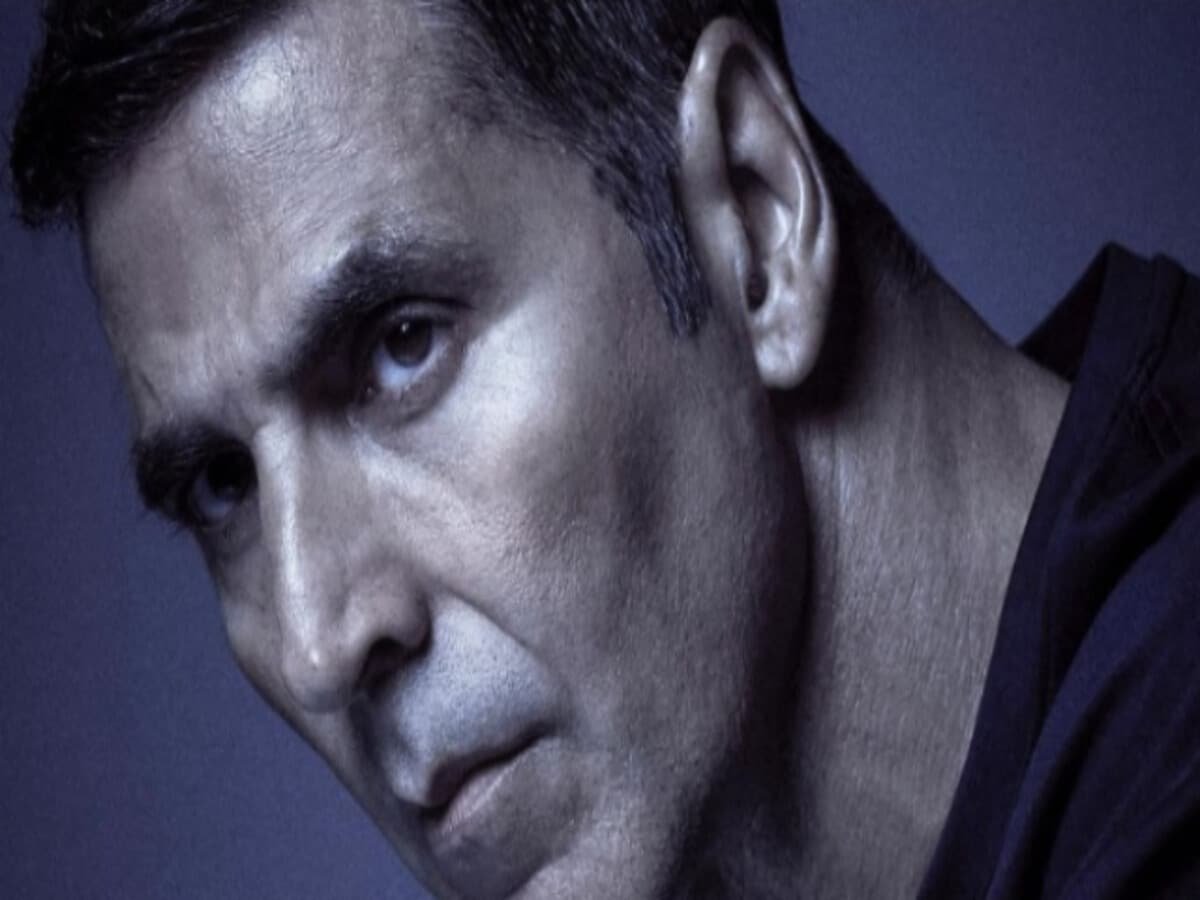YouTube Shorts are rapidly growing as one of the platform’s most popular formats, attracting billions of daily views. Recently, however, creators have noticed unexpected changes in their content. According to a report by The Atlantic, YouTube has begun experimenting with subtle visual enhancements on some Shorts without notifying the original uploaders. While the company claims this is part of a small-scale test, the lack of transparency has raised important questions about creative control, authenticity, and the future of short-form video.
YouTube’s Quiet Experiment
Several YouTube users reported that their Shorts appeared visually different from the versions they uploaded. In some cases, videos looked clearer, sharper, and more vibrant than the originals. When asked about the change, YouTube spokesperson Allison Toh explained that the platform is running a test using image enhancement technology.
The enhancements are said to rely on traditional machine learning rather than generative AI. The technology is designed to reduce blur, remove noise, and improve clarity in uploaded Shorts. While the improvements may appear minor to viewers, creators are concerned about the implications of YouTube making modifications without consent.
Transparency Concerns Among Creators
For many creators, YouTube Shorts represent not just a creative outlet but also a source of income and brand identity. Any changes to how their videos look can directly impact engagement, watch time, and audience perception.
The most pressing concern is transparency. YouTube has not disclosed whether the enhancements are visible to all users or limited to a small A/B testing group. Additionally, there has been no indication of whether creators will be able to opt out of these changes in the future.
Industry analysts suggest that YouTube’s approach may set a precedent for how platforms experiment with visual or algorithmic modifications, potentially shifting the balance of creative control away from uploaders and toward the platform itself.
The Bigger Picture: Normalizing Synthetic Aesthetics
The timing of this test has also fueled speculation. YouTube has recently rolled out AI-powered creative tools, including the ability to animate still photos and apply effects like underwater motion or twin duplication. Although the company insists that the Shorts enhancements are not powered by generative AI, some commentators believe these changes are part of a broader push to normalize synthetic aesthetics on the platform.
One YouTube commenter summarized the concern: They’re training us, the audience, to get used to the AI look and eventually view it as normal.
This theory gains weight when compared to similar strategies from competitors. Meta, for instance, has introduced its own AI Studio, encouraging creators to design chatbot personalities for Facebook and Instagram. According to Meta, these AI-driven personas may one day operate alongside human users, blending artificial and authentic interactions seamlessly.
Why This Matters for the Future of YouTube Shorts
The growing influence of AI and machine learning in online video cannot be ignored. YouTube Shorts are viewed over 70 billion times daily, according to Google’s Q2 2024 earnings report. With such massive reach, even small tweaks in video quality could influence user expectations and shape what is considered “normal” in digital storytelling.
Creators who depend on Shorts for growth and monetization are particularly concerned about how these tests might affect engagement. A sharper, more polished video might perform better algorithmically, but it may also distort the creator’s original style or message. For audiences, this raises the question of whether they are truly watching the creator’s authentic work or an altered version engineered by the platform.
Balancing Innovation and Creator Autonomy
While YouTube’s intent may be to improve user experience, the platform faces a delicate balancing act. On one hand, enhancing Shorts could help attract more viewers and improve video quality across the board. On the other hand, bypassing creator consent risks damaging trust between YouTube and its content community.
Experts argue that the best path forward would involve greater transparency and choice. Allowing creators to opt in or out of enhancement programs would preserve creative freedom while still enabling the platform to test new technologies. Clear labeling of AI or machine-learning enhancements could also help audiences make informed judgments about the content they consume.
The recent experiment with visual enhancements in YouTube Shorts highlights an ongoing tension in the creator economy: the push for innovation versus the need for authenticity and autonomy. While sharper visuals may seem like a small change, the broader implications touch on trust, transparency, and the evolving role of AI in online media.
As YouTube and other platforms continue to test new technologies, creators and audiences alike will need to stay alert. The question is not just how Shorts look today but how these subtle shifts might reshape the creative landscape in the years ahead.



